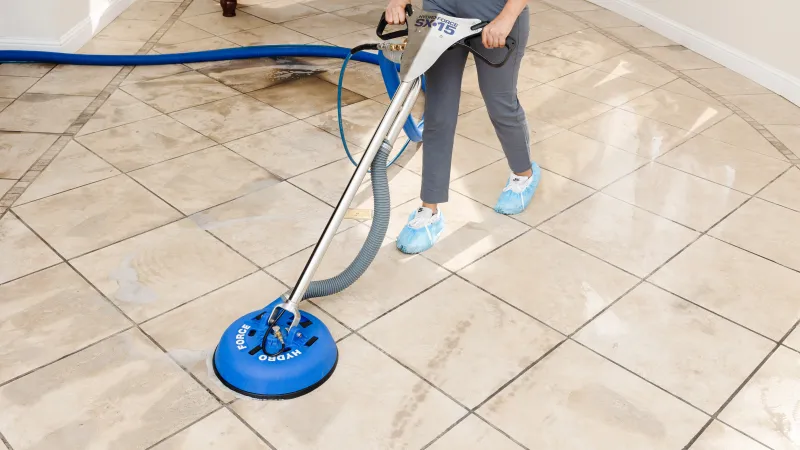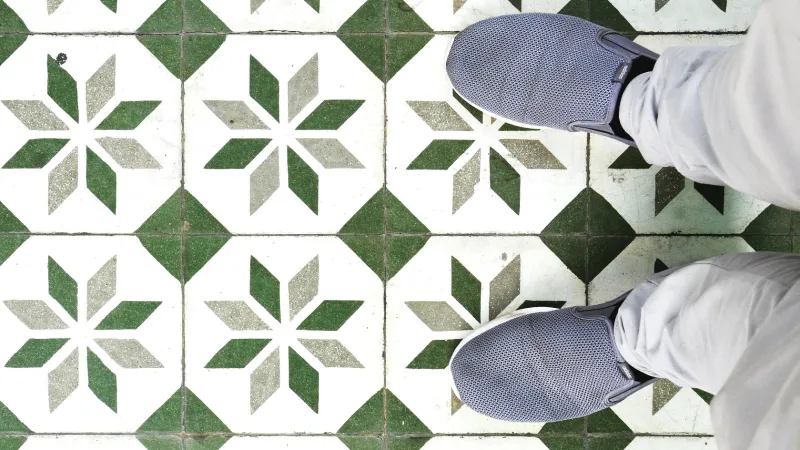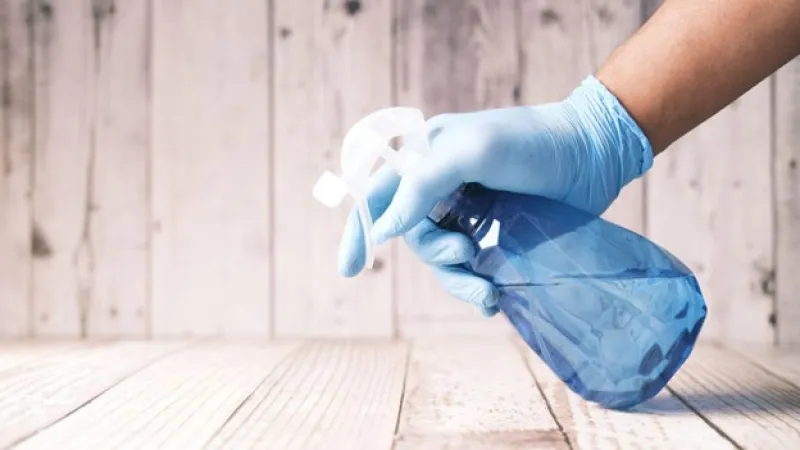Reasons Why Grout Cracks and How to Fix Minor Cracks
Has your grout started to crack? Repair cracked grout yourself if only a few areas are affected, but call a professional tile installer to help if the problem spreads or is consistent.
Old and newly installed grout cracks due to one or all of the following reasons:
- Age
- High-traffic
- Temperature changes
- Poor installation
- Wrong choice of materials
- Insufficient room for expansion
- Interference before completely drying
To avoid future grout cracks, use anti-crack grout and an uncoupling membrane, avoid cheap grout, and hire professionals to do the job instead of an untrained tile installer.
In this article, we explain why grout cracks, how to repair grout (DIY), and measures to prevent cracks in the future. Let's dive right in.
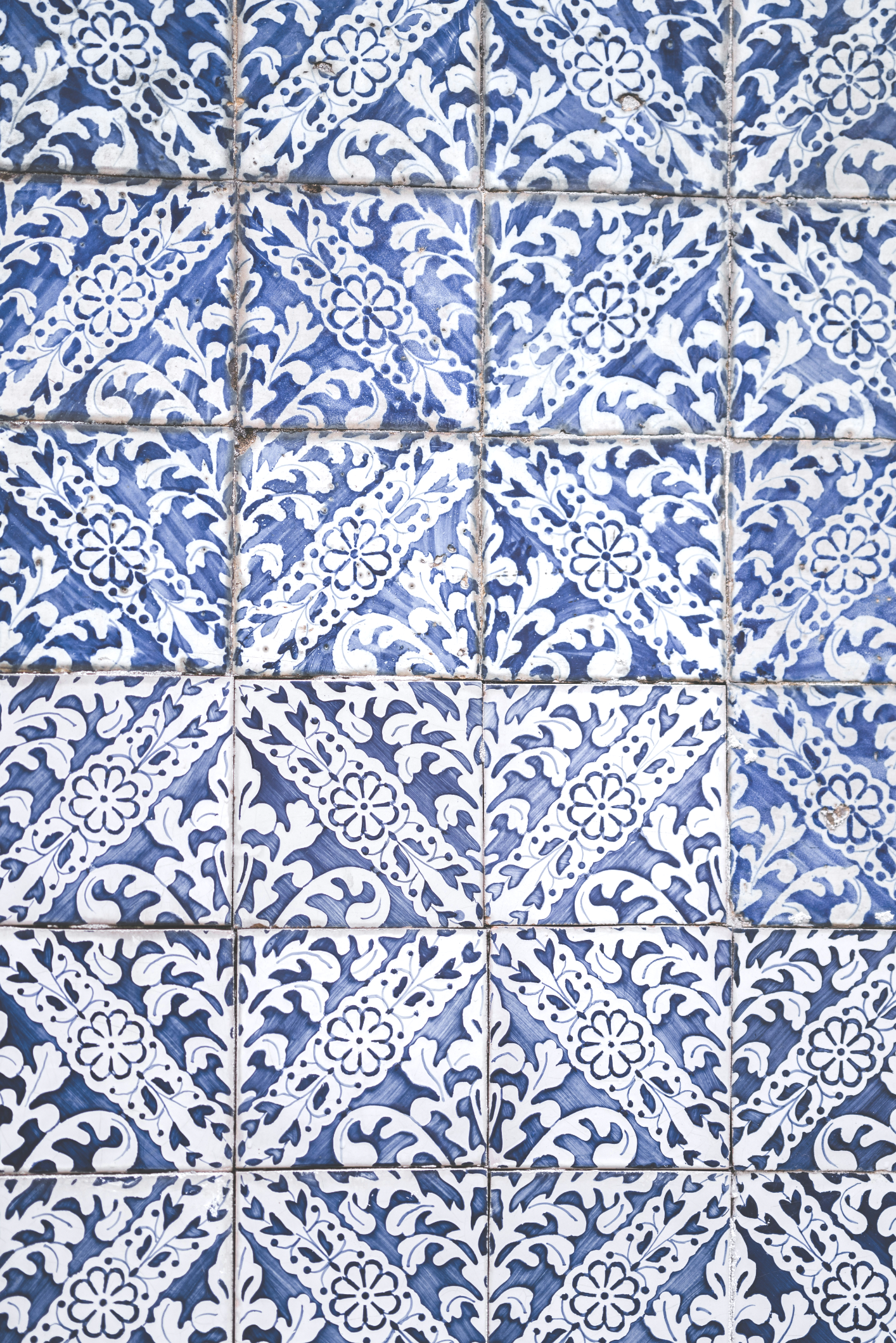
Why Does Grout Crack?
Tiles are meant to enhance the beauty of your house and bathroom. When grout cracks, the beauty fades.
Why does grout crack? Grout cracks may be caused by one or a combination of the following issues.
Age or High-Traffic
Even the highest quality grout can crack over time due to high traffic, including when grout sealant - which works to extend the lifespan of your grout - has been applied.
If you have been living in that house for many years or bought a pretty old house, it's normal for aging grout to crack.
Temperature Changes
Since grout is composed of sand, water, and cement, constantly exposing it to moisture results in decay and cracks.
However, this only happens over time, so new tile installations shouldn't be a problem unless you hire an unqualified installer, or do it yourself, poorly.
Poor Installation
One of the major reasons for grout cracks is poor installation, which results from hiring an unqualified friend, relative, or tile installer.
Grout degrades fast if you pour water on it before it dries and sets completely. Sealing grout correctly during installation is paramount to lock out moisture and prevent cracks.
Adding too many additives or water leaves air pockets after the grout dries, causing it to become fragile.
The stress on the grout, as it struggles to hold the tiles in place, and (or) the presence of air gaps results in grout cracks.
The lack of enough adhesive during tile installation also causes cracks. If a tile tries to pull as the adhesive dries, it creates air gaps under your tiles and stresses the grout. Completely fill all joints between the tiles to create room for air pockets.
Choice of Materials
We recommend buying the grout materials instead of asking the tile installer to buy them, or, alternatively, to ensure that the installer buys the exact materials you requested. This is because the market is unfortunately flooded with poor, cheaper materials that could cause grout to crack over time.
For example, cement-based grout is cheaper than other solutions but highly porous - this grout could crack or crumble if water gets in it.
Be willing to spend more on high-quality materials to avoid future repairs and tile reinstallation costs.
Insufficient Room for Expansion
Temperature changes cause contraction and expansion of some materials, including wood and metal. The grout cracks when the expansion occurs, but there isn't enough space for the tile.
Hire a professional tile installer who can create room for expansion. He will create a grout joint and fill it with matching silicone or caulk to allow tile movement without causing grout cracks.
Directly installing tile on the concrete (which is wrong!) denies the slab enough room for joint expansion. Avoid installing tiles directly above concrete. If you must, let there be a soft joint directly above the slab's expansion joints to prevent the slab from moving in a different direction from the tile, which results in grout cracks.
Interference Before Completely Drying Off
Avoid introducing water soon after installing the grout. Allow it to fully dry and set to avoid weakening it, which results in fast degradation.

How to Repair Minor Grout Cracks (DIY)
If you have the necessary tools and materials, follow the following simple steps for minor grout repairs. Some of the tools and materials you need include to repair grout crack:
- Rags
- Squeegee
- Grout float
- Round Dowel
- Cleaning gloves
- Grout saw
- Painters tape
- Dry towel
- Goggles
- Vinegar
- Grout sealant (You don't need sealants if you use Epoxy grout. Epoxy grout is difficult to work with but resistant to stains. Acrylic latex grout requires sealing but is much easier to work with).
- Grout (sanded or non-sanded)
Choose sanded or unsanded, depending on the tile joint's width and your fixing location.
Sanded grout gives credible results if the space between the tiles exceeds ⅛ inch. Avoid using sanded grout with marble, metal, or glass tile because sand scratches the surface.
Unsanded is excellent if the width is equivalent to or less than ⅛ inch. Unsanded grout is best for such materials.
How to Fix Grout Cracks - Procedure
- Clean the cracked grout: Use water and vinegar (1:1) to clean the grout and tiles.
- Remove loose grout: Using a grout saw, remove the loose grout. If there's debris between the tiles, remove it, using a small handheld vacuum cleaner or vacuum attachment.
- Dampen your tile(s): Using water, dampen the tile(s) and use a paper towel or sponge to absorb excess water around the tile joints.
- Apply grout: Holding the grout float at an angle, spread your grout. Use enough grout to fill the joints to prevent the occurrence of air pockets. Use a diagonal motion to clear away any excessive grout. If you're using epoxy grout, don't apply grout until the tile is completely dry.
- Use a sponge to remove excess grout: Dampen a sponge with water after about 15 to 30 minutes and use it to remove excess grout. Mist or drip some water on the joints, and use a scrub pad to scrub your tile lightly if you're using epoxy grout. Wipe the tile using a damp sponge in only a single pass to obliterate the haze.
- Give the grout enough time to set completely: Allow enough time (based on the manufacturer's instructions) for the grout to set completely. Wait until there's a haze on the tile, then use a dry towel to polish it.
- Clean the residue: Use a tile cleaner to clean the haze and any other residue.
- Seal the grout to extend its life: Apply a sealant on the acrylic latex grout after thoroughly drying.
FAQs
Why Does My Grout Keep Cracking?
Frequent grout cracking could result from packing grout after cement hydration has commenced.
Too much deflection in the substrate, insufficient grout in the tile joints, excessive water when mixing grout, and inadequate room for expansion also cause the grout to keep cracking. In most cases, it's due to poor installation.
A 'quick grout crack fix' may also result in regular cracks if the problem is due to poor installation.
Hire a tile professional to investigate the cause and correct the issue permanently.
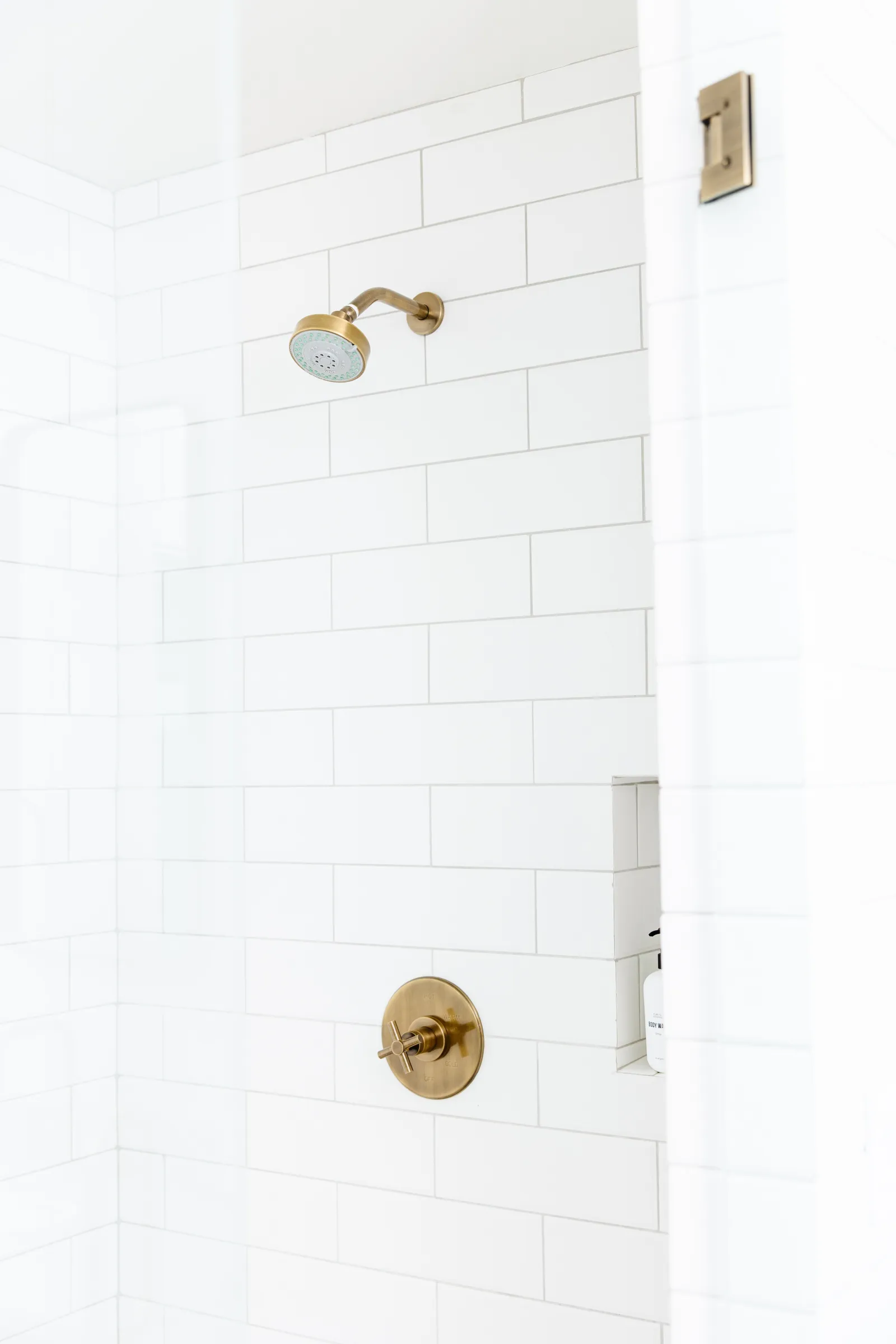
Why Does Grout Crack in Shower?
Grout cracks in the shower are due to excessive moisture, which eats away the material. Shower grout cracks are common in old bathrooms.
Proper cleaning and maintenance of shower grout minimizes cracks. At Zerorez®, we offer professional cleaning services.
You can also hire us if you doubt the grout cleaning service you received recently or need to remove mold in your shower grout.
Why Does Grout Crack When Drying?
Shrinkage and poor grout selection are common causes of grout cracking when drying. If the joints are wide, use the appropriate grout for wider joints to prevent cracks when grout shrinks as it dries.
Excess water in the mix also causes grout cracks when drying. When grout is drying, the excess water evaporates, reducing grout mass and causing cracks.
Why Does My New Grout Crack?
Adding too much water or additives when blending your grout leaves air pockets. This weakens grout and causes cracks. Insufficient adhesive during tile installation, tile and subfloor movements, and poor grout selection also causes new grout to crack.
Why Does Sanded Grout Crack?
Using sanded grout (the best as it is stronger and less susceptible to cracks) in narrow joints makes it difficult for the larger particles to get down into the joints.
This makes it impossible to fill all grout joints, hence causing cracks. This is a major problem with wall tiles. Sanded grout, installed in the past 28 days, isn't fully dry; it cracks when the tile moves.
Only use sanded grout if joints are ⅛ inches wide or more to give it enough strength to withstand movements.
Why Is Floor Grout Cracking?
Floor grout is cracking due to all or one of the following reasons:
- The tile lacks proper thinset coverage
- Improper installation of grout
- Subfloor movement
- Poor installation of the backer board
Why Does Grout Crack in Corners?
Grout cracks in corners result from movement between one surface and another. Houses regularly move slightly due to humidity, settling of the foundation, and temperature changes, among other reasons.
Most grout is inflexible, causing cracks to develop when the bathtub moves in a different direction from the tile wall.
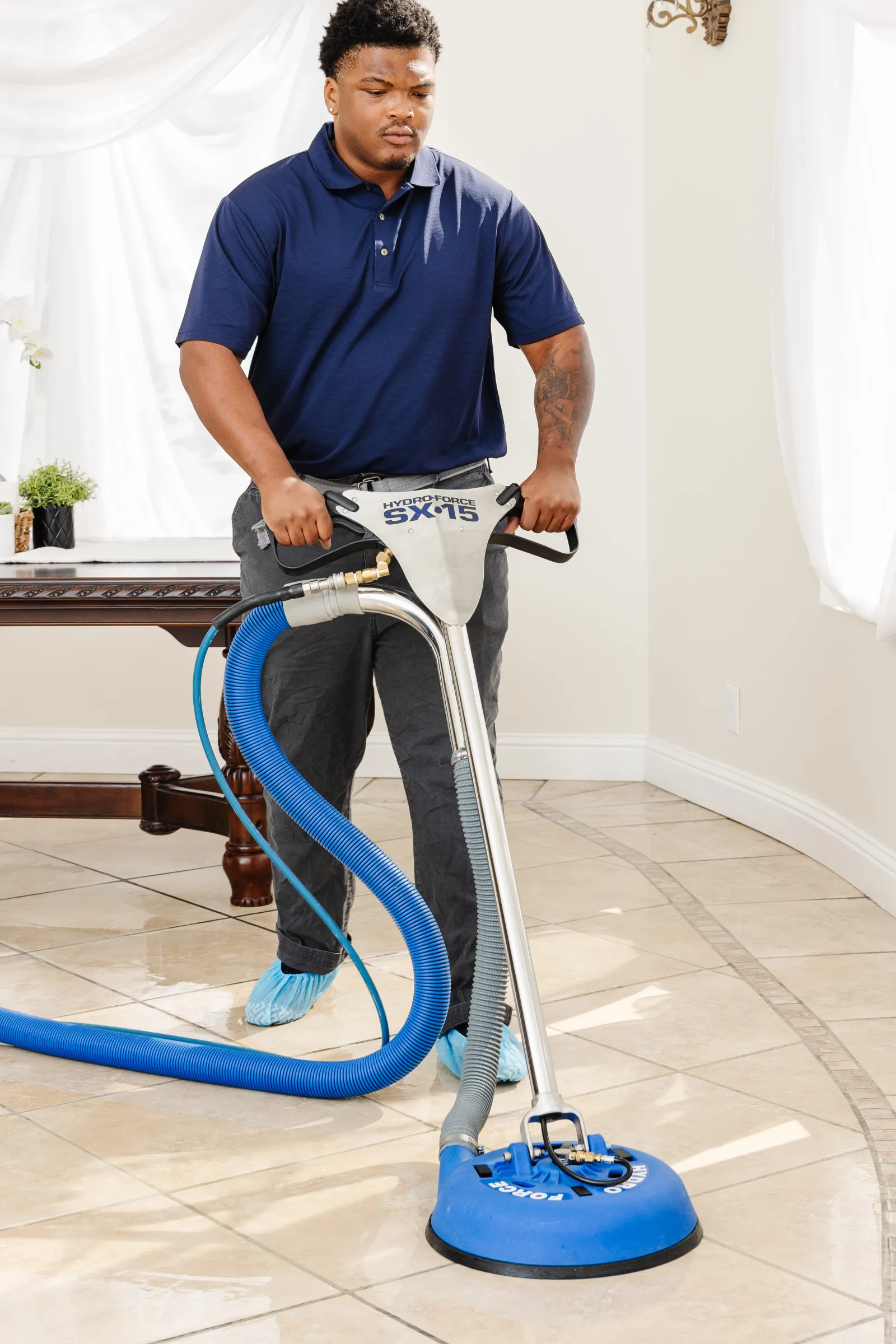
Give Your Grout The Care It Deserves to Extend Its Lifespan!
A professional grout cleaning service extends the grout lifespan, which can even clean yellowing grout.
At Zerorez, we also help transform your grout to give it a better, new appearance.
